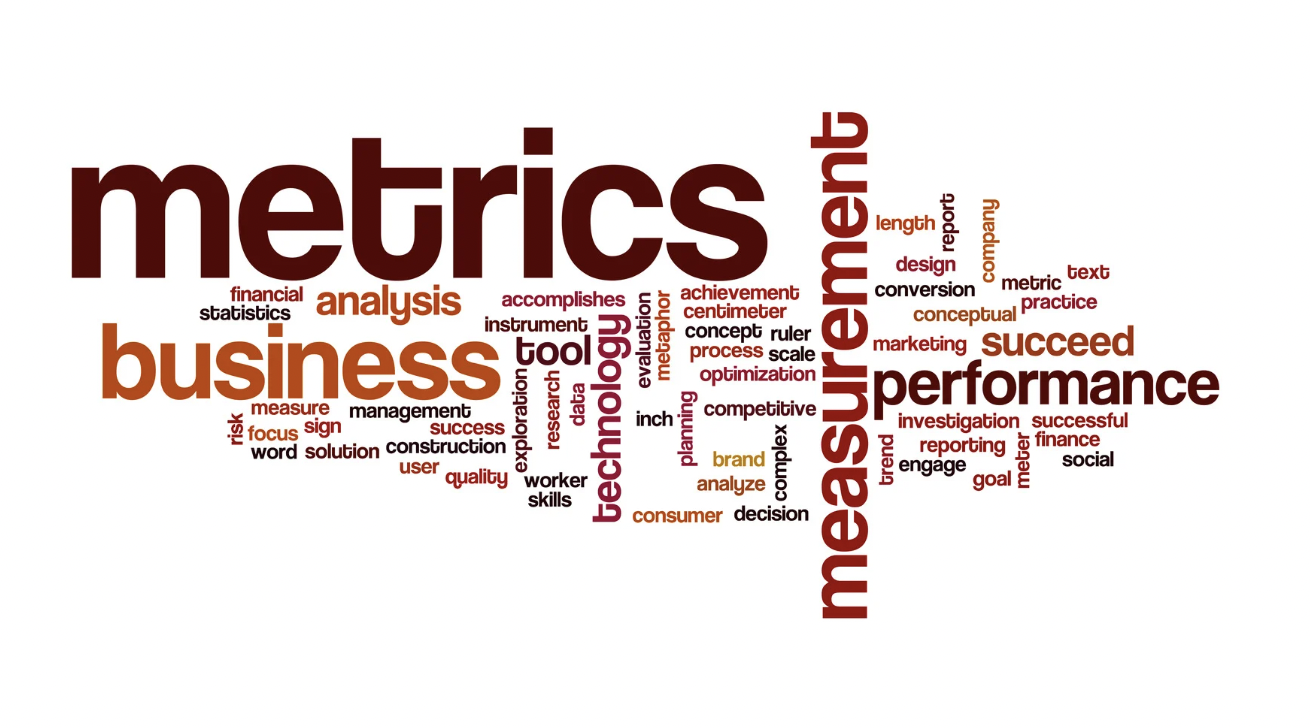Measure What Matters: The 3 Metrics Every Fundraising Team Should Track
Fundraising dashboards are often filled with numbers that seem encouraging – dollars raised to date, event totals, campaign performance, donor counts.
But the truth is…
Not all metrics are created equal. And some, when viewed in isolation, can be misleading.
We’ve seen organizations celebrate early fundraising success—only to realize later that the numbers were masking deeper issues. Sometimes, it’s a major gift that simply arrived earlier than expected. Other times, year-over-year comparisons don’t reflect changes in donor behavior. A Q1 report might suggest you’re ahead of goal, when in reality, you’re behind – because a loyal donor who usually gives in July gave in January. Without clarity on who gave, when, and why, even strong results can give a false sense of progress.
At Mission Advancement, we help organizations cut through the noise by focusing on three relational metrics that provide the most meaningful picture of fundraising health. The three most important things to measure—in this order—are:
- Retention – who came back
- Growth – who increased
- New – who joined
If you track and respond to these three consistently, you’ll build more than revenue – you’ll build lasting relationships and a sustainable development operation.
Retention: Your First and Best Measure of Fundraising Health
Retention is the heartbeat of a sustainable fundraising program. It tells you how well you’re stewarding the relationships you’ve already built – and whether donors feel connected enough to return.
While donor retention rates vary by sector and organization, many nonprofits lose a significant percentage of their donors each year. That’s not just inefficient—it’s expensive. Acquiring new donors costs more and requires more time, yet many organizations overlook retention in favor of growth.
Strong fundraising programs know better. They:
- Recognize that keeping a donor is far more cost-effective than acquiring one
- Thank quickly, personally, and often
- Report back on impact using emotional, specific language
- Communicate year-round – not just when it’s time to ask again
When you focus on retention, you reduce churn, improve forecasting, and increase the lifetime value of your donor base.
Growth: Recognizing Momentum and Planning for It
Growth is both a signal and a strategy. On one hand, it tells you which donors are leaning in – those who increased their giving organically – and may be ready for a deeper relationship. On the other, it invites your team to be intentional: to cultivate specific donors for increased giving in the year ahead.
At Mission Advancement, we recommend organizations slate approximately 1/3 of their donor portfolio for growth annually. This means identifying donors who are primed to do more – not based on guesswork, but based on giving history, engagement, relationship strength, and capacity.
Effective development teams:
- Track increases in giving as early signals of donor momentum
- Follow up personally, asking, “What inspired your increased gift?” to learn what’s resonating
- Intentionally plan cultivation strategies for growth prospects – including conversations, stewardship, and customized asks
- Avoid over-relying on top donors by developing a rising tier of future major givers
Growth isn’t accidental – it’s relational. It happens when you respond thoughtfully to generosity and when you intentionally nurture the next step. Measuring it helps you do both well.
New: Who’s Testing the Waters, and What Happens Next?
New donors are a reason to celebrate—and a call to be intentional. Their first gift represents curiosity, interest, or alignment with your mission. It’s your opportunity to affirm their decision and lay the groundwork for a lasting relationship.
Too often, organizations celebrate acquisition and move on. But true success comes from converting a first gift into a second – and then a third.
Effective new donor follow-up includes:
- A thank-you that feels personal and human
- A clear, concise explanation of your mission and the impact their gift made
- An invitation to engage further that doesn’t immediately ask for more
Focus less on volume, and more on connection. One well-engaged new donor is worth far more than a list of unengaged first-timers.
The Power Is in the Pattern: Don’t Just Measure – Act
None of these metrics are revolutionary. But they are foundational.
Organizations that consistently measure retention, growth, and new—in that order— don’t just collect cleaner data. They create better strategy. They:
- Build stronger donor relationships
- Make better use of staff time
- Avoid misleading performance metrics that spike artificially or show skewed progress toward goal
When you focus on the right metrics – not just dollars raised – you shift from reacting to results to shaping them. You stop chasing numbers, start building momentum, and move your fundraising from transactional to transformational.
What You Measure Shapes What You Build
If your team is measuring only revenue, you may be missing the full picture. Focus on retention, growth, and new—and get a truer read on your fundraising health.
The most meaningful metrics in fundraising are rooted in relationships. Prioritize the people, not just the performance.
At Mission Advancement, we believe better metrics lead to better decisions—but only when they’re connected to people, priorities, and purpose. Whether you’re onboarding a new development leader or bringing your team together for a strategic retreat, we help you align around what matters most—so your strategy reflects your values, and your data drives meaningful growth.
If your team is ready to move beyond surface-level metrics and focus on the fundraising indicators that actually fuel sustainability, let’s talk. A team retreat or onboarding engagement could be the reset you need to clarify goals, track what matters, and build momentum with intention.



